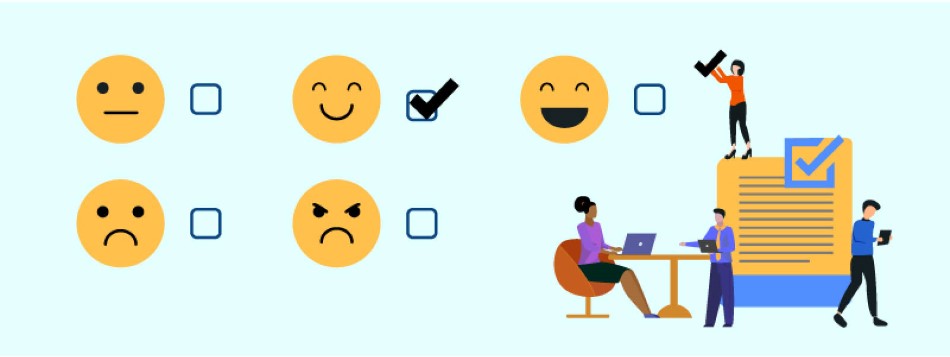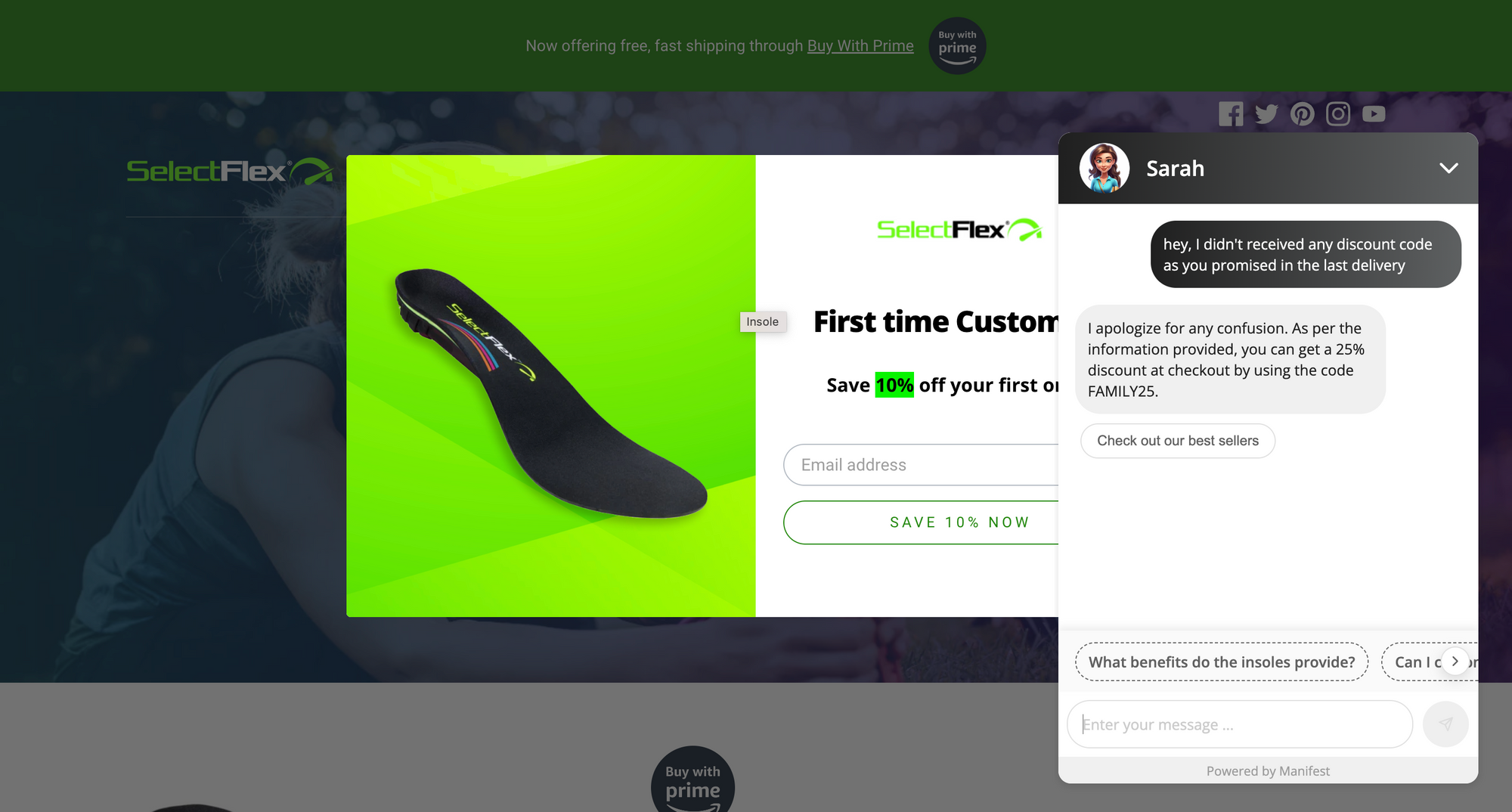Empathy Statements for Customer Service: How to Connect with Customers and Build Trust

Customer service is all about connecting with customers and building trust. When customers feel like you understand them and are on their side, they are more likely to be loyal to your brand. Empathy statements are a powerful tool that can help you connect with customers on a deeper level and build trust.
Empathy statements for customer service are simply statements that show that you understand and care about the customer's experience. They can be used to acknowledge the customer's frustration, apologize for any inconvenience, and offer to help resolve the issue.
In this blog post, we will discuss the importance of empathy statements in customer service and how to use them effectively. We will also provide customer service empathy statements for customer service situations.
What is an Empathy Statement?

An empathy statement is a brief statement that expresses understanding and compassion for another person's feelings or experiences. It is a way of communicating that you can see things from the other person's perspective and that you care about how they are feeling.
Empathy statements for customer service because they help to build trust and rapport with customers. When customers feel like you understand them and are on their side, they are more likely to be open and honest with you, and they are more likely to be satisfied with the service you provide.
Why are Empathy Statements important in customer service?
Empathy statements for customer service are crucial for several reasons:
Builds Trust and Rapport: When a customer feels understood and valued, it builds trust in the company and its representatives. This can lead to a stronger and more positive customer-business relationship.
Shows Understanding: Empathy statements for customer service demonstrate that you understand the customer's situation, needs, and emotions. This can help diffuse potentially tense or emotional situations.
Reduces Frustration and Anger: Customers often reach out to customer service when they're experiencing a problem or frustration. Empathetic customer service statement responses can help to calm their emotions and make them feel heard, which can de-escalate the situation.
Enhances Customer Satisfaction: Knowing that their concerns are acknowledged and taken seriously can lead to increased customer satisfaction. This can result in improved customer loyalty and repeat business.
Improves Problem Resolution: When customers feel that the representative cares about their issue, they may be more patient and willing to work together to find a solution. This can lead to faster and more effective problem resolution.
Reduces Churn and Negative Reviews: A lack of empathy or understanding can lead to customer dissatisfaction, which can result in lost business and negative online reviews. On the other hand, empathetic interactions can help mitigate these risks.
Differentiates the Company: Exceptional customer service, including empathetic communication, can set a company apart from its competitors. Customers are more likely to remember and recommend businesses that treat them with care and empathy.
Enhances Employee Satisfaction: Empathy statements for customer service are not only for the benefit of customers; they can also positively impact the morale and job satisfaction of customer service representatives. Knowing they have the tools to genuinely help customers can be highly motivating.
Fosters a Positive Work Environment: A culture of empathy within a customer service team can contribute to a positive and supportive work environment. This can lead to better teamwork, lower turnover rates, and improved overall performance.
What Should Be Included in Empathy Statements?

Empathy statements for customer service should include the following elements to effectively convey understanding and compassion:
Acknowledgment of Emotions: Recognize the emotions the person is experiencing. Use phrases like:
"I can see that you're feeling..."
"It sounds like you're..."
"I understand that this situation is causing you..."
Validation: Confirm that the person's feelings are valid and understandable. Use statements like:
"It's completely normal to feel this way."
"Your feelings are important, and I take them seriously."
"I can imagine how this situation might be difficult for you."
Empathetic Response: Express understanding and show that you care about the person's well-being. Use phrases such as:
"I'm here for you."
"I'm sorry that you're going through this."
"Please know that I want to help in any way I can."
Avoid Judgment or Advice: Avoid offering solutions or trying to fix the problem immediately. Instead, focus on providing support and listening. Avoid phrases like:
"You should..."
"Why didn't you..."
"If I were you..."
Reflective Listening: Show that you're actively listening and trying to understand by summarizing or paraphrasing what the person has said. For example:
"So, it sounds like you're feeling..."
"If I understand correctly, you're saying..."
Avoiding Blame or Defensiveness: Even if the issue involves a mistake on the company's part, avoid blaming the customer or becoming defensive. Instead, take responsibility and offer a sincere apology.
Offering Assistance: Let the person know that you're there to help and ask if there's anything specific they would like to do to resolve the situation. Use phrases like:
"What can I do to help?"
"Is there something specific you would like me to do?"
Reassurance: If appropriate, provide reassurance about the steps that will be taken to address the issue. For example:
"I'll make sure to escalate this to the right department."
"We're committed to resolving this for you as quickly as possible."
How to use Empathy Statements in customer service?
Here are steps to effectively use empathy statements for customers in chat support:
Active Listening: Begin by actively listening to the customer. Pay close attention to their tone, words, and any emotions they express. This will give you valuable insights into their feelings and concerns.
Identify Emotions: Based on what you've gathered from their communication, identify the emotions the customer is experiencing. It could be frustration, disappointment, confusion, etc. This understanding is crucial for crafting an empathetic response.
Acknowledge and Validate: Use empathetic language to acknowledge the customer's emotions and validate their feelings.
Express Understanding: Show that you understand their perspective and genuinely care about their experience.
Offer Assistance and Follow Through: Ask the customer how you can help or if there's a specific resolution they're hoping for. Make sure to follow through on any promises or actions you commit to, and keep the customer updated on progress if necessary.
Customer Service Empathy Statement examples
Here are a few examples of empathy statement:
- "I understand how frustrating that must be."(This statement shows that you recognize the customer's feelings and empathize with them.)
- "I'm so sorry that you're having this difficulty."(This statement shows that you are sympathetic to the customer's situation and that you care about their well-being.)
- "I can see why you're upset."(This statement shows that you understand the customer's perspective and that you acknowledge their feelings.)
- "I'm here to help you resolve this issue." (This statement shows that you are committed to helping the customer resolve their problem.)
- "I'm going to do everything I can to make this right."(This statement shows that you are willing to go the extra mile to help the customer and that you are committed to their satisfaction.)
- "I understand how important it is for you to receive your order on time. I'm going to follow up with the shipping department right away to see what's going on." (This statement shows that you understand the customer's need and that you are taking action to help them.)
- "I'm so sorry that you're having trouble with your new product. I'm happy to walk you through the steps of using it, or I can help you troubleshoot the problem." (This statement shows that you are willing to help the customer use the product and that you are committed to resolving their issue.)
- "I can see why you're upset that your flight was canceled. I'm going to do everything I can to get you on the next flight to your destination." (This statement shows that you understand the customer's frustration and that you are working to help them get to their destination.)
- "I'm so sorry that you had a negative experience at our restaurant. I'm going to share your feedback with the manager so that we can improve our service." (This statement shows that you are taking the customer's feedback seriously and that you are committed to improving the customer experience.)
- "I understand that you're disappointed with the quality of this product. I'm going to issue a full refund and send you a new product at no charge." (This statement shows that you are taking responsibility for the problem and that you are committed to making the customer happy.)
Best Empathy Statements for Customer Service by Manifest AI

Here are some empathy statements examples by GPT-powered Manifest AI chatbot. These empathy statements for customer service are in chat support and covering multiple situations:
When customers complain about a bad product

When a customer complains about the discount code

Handling customer queries with Manifest AI is super easy and even improves customer satisfaction. Install the GPT-powered AI assistant in your store for free in less than 2 minutes.
Final thoughts
Empathy statements are an essential part of providing excellent customer service. When you use empathy statements for customer service, you show customers that you understand their concerns and that you are there to help. This can help to build trust and rapport with customers, which can lead to increased customer satisfaction and loyalty.
In conclusion, empathy statements for customer service are a powerful tool that can help you connect with customers and build trust. When you use empathy statements for customer service, you show customers that you understand them, care about their concerns, and are there to help. This can lead to increased customer satisfaction and loyalty.

.png)
